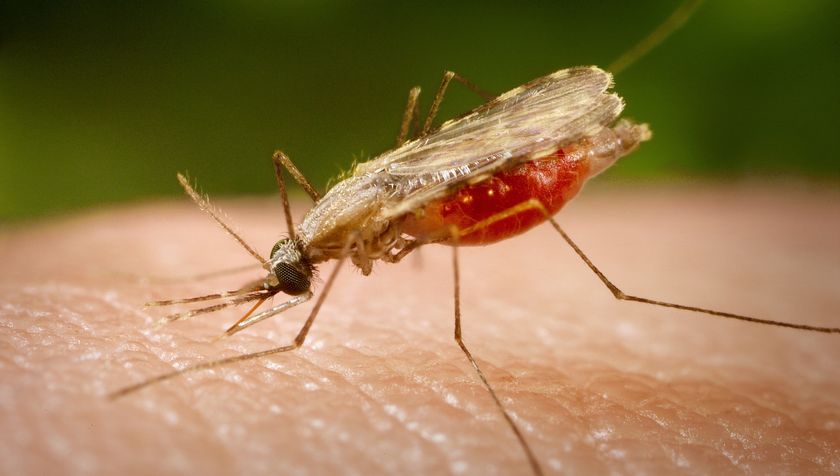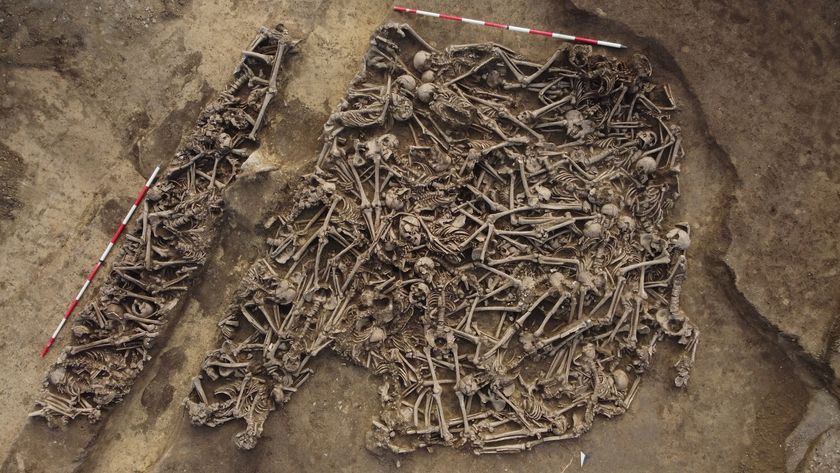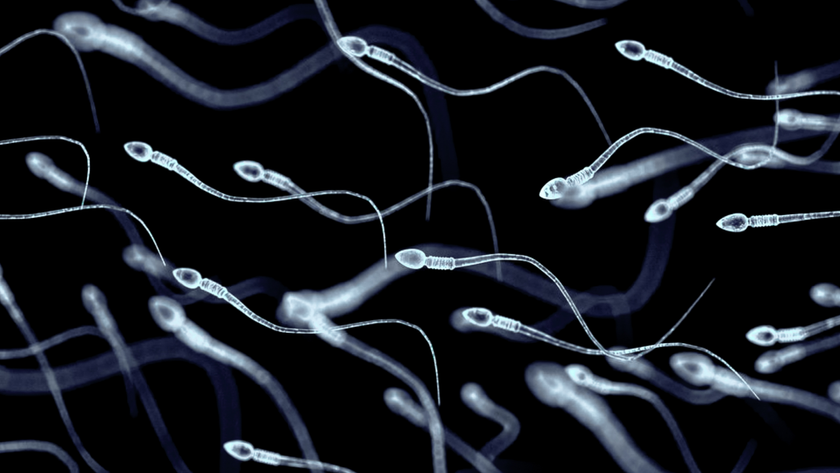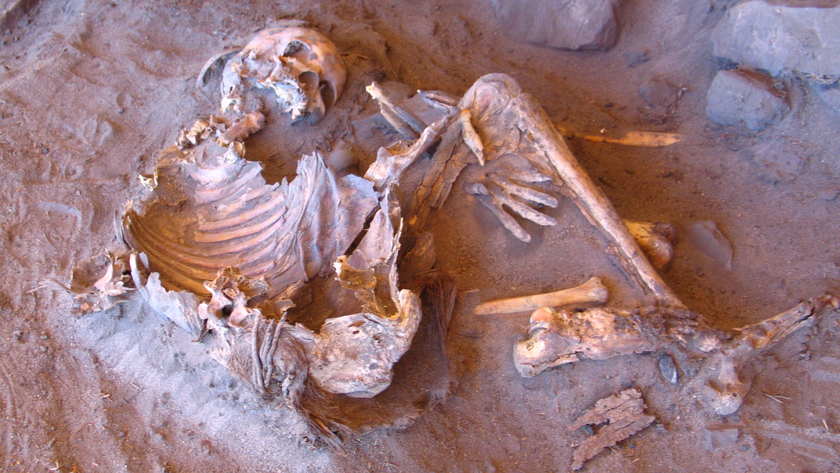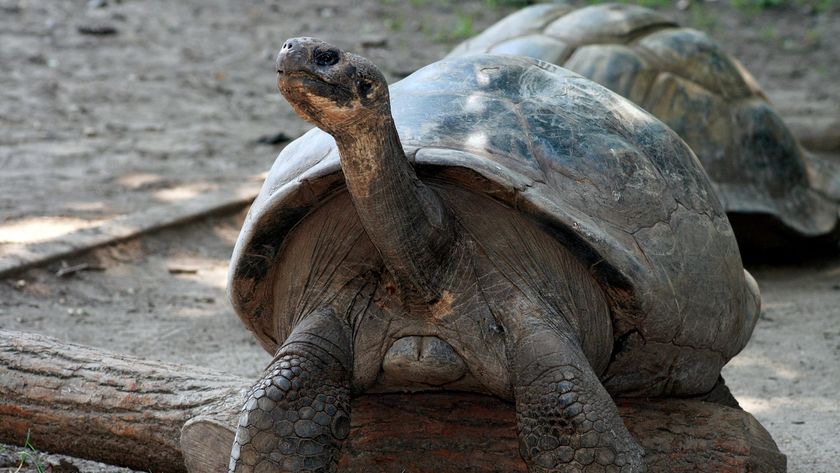Brain Has Backup Circuit for Fear
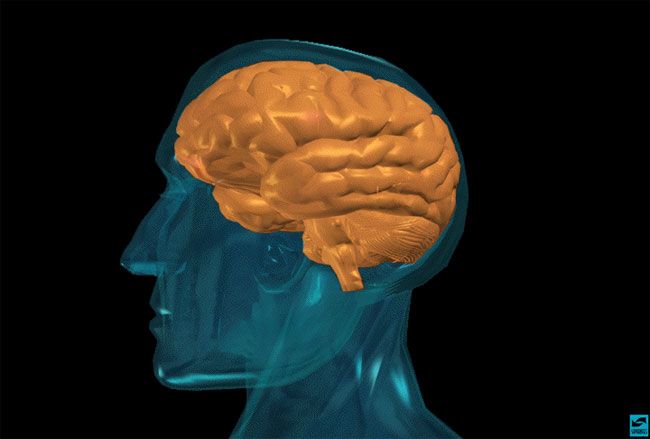
The brain's "fear center" doesn't need to be working for an animal to learn to be afraid, according to a new study of rats. If the region is damaged, another area can take the reins and allow the brain to continue to form fear-driven, emotional memories.
This brain region, known as the bed nuclei, will step in only when the region linked with fear, the amygdala, is not functioning, the researchers say.
"There's something going on where the amygdala, when it's learning, is telling these other parts of the brain, 'I'm doing my job, I'm the one that's good at this … I've got it under control," said one of the researchers, Michael Fanselow, a UCLA professor of psychology and a member of the UCLA Brain Research Institute. "But when the amygdala's not there, suddenly these areas will now snap in and try to take over the function and compensate for the loss of the amygdala."
This type of compensation may occur for other parts of the brain, as well — when one crucial area loses its function, another one can be employed to make up for it.
If researchers can find a way to promote this compensation, it could help people who have impaired memory, such as those who have sustained a stroke or developed Alzheimer's.
"What we want to be able to do is use that same knowledge to say, 'Are there ways we can favor this compensation? Are there ways we can sort of free up these other areas that might not normally do that function so that they can do that function better?'" Fanselow said.
Emotional memories
Sign up for the Live Science daily newsletter now
Get the world’s most fascinating discoveries delivered straight to your inbox.
We tend to think of a memory as a single entity — all the details and emotions rolled into one. But the brain actually stores different parts of the memory in different locations. The amgydala is responsible for the emotional part of a memory. It also activates the body's response to danger.
Previous work by Fanselow and his colleagues showed that rats with damaged amygdalae could still form fear memories after many trials. However, they didn't know which brain region was the one that took over.
They suspected the bed nuclei, which are connected to many of the same parts of the brain as the amygdala. To test their theory, they created lesions on rat's brains, designed to disrupt either the amygdala or the bed nuclei, or both.
The rats were then taught to fear a cage that gave them an electric shock. Rats eventually froze up when they were placed in the cage, remembering the shock.
However, rats with lesions on both the amygdala and the bed nuclei froze significantly less than rats with lesions on only one of these brain areas. Additionally, rats with single lesions eventually behaved almost like normal rats, while rats with two lesions (one on each the amygdala and bed nuclei) always showed impairment in their fear learning.
In a second experiment, the researchers blocked the ability of bed nuclei neurons to make proteins — a process crucial for the formation of memories.
For the rats with working amygdalae, blocking protein synthesis in the bed nuclei region appeared to have no impact on the ability to form fear memories. But when the rats had damaged amygdalae and were unable to form proteins in their bed nuclei, they could not form fear memories. This suggested the bed nuclei step in when, and only when, the amgydala isn't working.
Understanding anxiety disorders
The findings may have implications for understanding fear and anxiety disorders. The researchers said they believe the amygdala sends out an "I'm working" signal to the bed nuclei, and if that signal is somehow impaired or disrupted, the brain can have an overblown fear response.
"If that person is in a frightening situation, the problem is, the fear isn't going to be just restricted to the amygdala, but these other regions like the bed nuclei will now be involved in producing fear responses as well," Fanselow said. "So now you have two circuits — too much of the brain involved in producing the fear response."
If a dampened signal from the amygdala was the problem, then somehow enhancing this signal could help erase fear-related disorders. However, more research is needed to figure out whether this hypothesis is true.
The results were published last week in the journal Proceedings of the National Academy of Sciences.
- 10 Things You Didn't Know About the Brain
- Top 10 Mysteries of the Mind
- What Really Scares People: Top 10 Phobias

Rachael is a Live Science contributor, and was a former channel editor and senior writer for Live Science between 2010 and 2022. She has a master's degree in journalism from New York University's Science, Health and Environmental Reporting Program. She also holds a B.S. in molecular biology and an M.S. in biology from the University of California, San Diego. Her work has appeared in Scienceline, The Washington Post and Scientific American.





